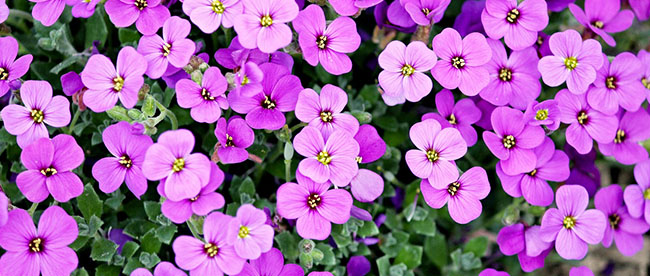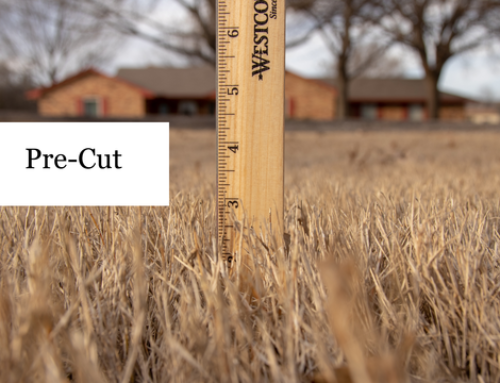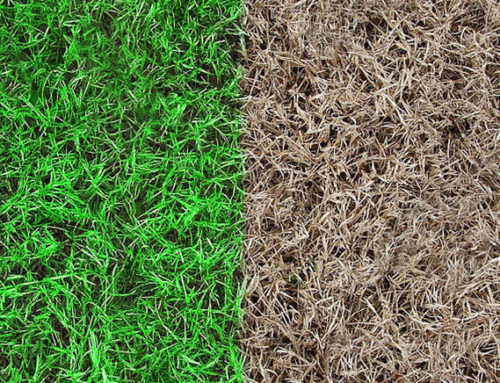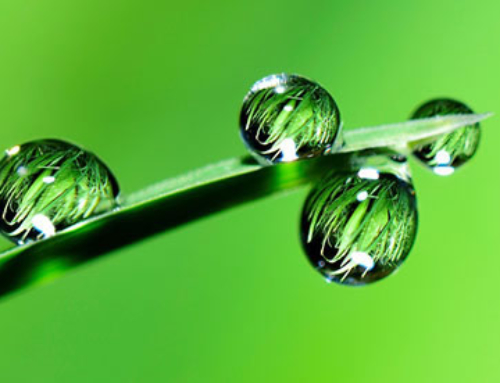In our last blog, we talked about the fundamentals of lawn care after winter: ensuring adequate sunlight, watering, and fertilizing. Now that you have implemented these fundamentals, you can use these spring lawn care tips to create a drought-resistant yard.
Tip 1: Remove Fallen Leaves from the Yard
We have all been there. Whether it was the winter holidays or the frigid air, we allowed those leaves to sit, secretly hoping that the wind would take care of it. If that has not happened, now is the time to deal with the issue.
The overwhelming issue that the leaves are preventing sunlight from reaching the soil. At this time of year, that can cause several issues like grassy weeds, fungus, and dead spots. One common solution is to mulch the leaves, but that creates a layer of dead thatch that prevents light from reaching the soil. Our solution is to bag as much as possible and then mow low and bag the clippings.
If you have a large number of leaves piled up, consider hiring our team or paying a neighborhood kid. That young person is probably looking for a way to pay for summer camp.
Tip 2: Aerate Your Lawn
Over time and dependent on traffic, the soil on your property begins to compact. This compaction can make it harder for grass roots to develop, prevent water from going deeper into the ground, and stop the effectiveness of any applied chemicals (like fertilizer).
Our lawn aeration service uses a machine that pulls small plugs of soil out of the ground. The small holes will allow more air, water, and nutrients to penetrate the soil, thus reversing the effects of soil compaction. The pulled plugs remain on the property and will eventually reabsorb into the ground.
Tip 3: Control the Weeds
On our list of spring lawn care tips, weed control is a requirement. Very simply, a yard overran with weeds will not be able to grow grass. Moreover, dealing with weeds now will result in a drastic reduction of weeds next year.
Our standard practice is to apply a pre-emergent and a post-emergent. The pre-emergent will prevent future weeds from growing. The post-emergent is a spot treatment to kill the visible weeds. Don’t be alarmed if you still see some grassy weeds during spring. Temperatures need to be consistently above 80 degrees to remove these stubborn plants.
Lastly, don’t be afraid of the chemicals used in weed control. The Texas Department of Agriculture regulates the chemicals to make sure they are safe for pets and humans. Also, unlike some lawn care companies, we abide by Texas regulations and can be inspected for compliance.
Tip 4: Patch Up Any Dead Spots
Once the weed population has been brought under control, you may be looking at some dead spots in the yard. You can either wait for the grass to move into that area or install sod. It is important that you act now because you want enough time for the new grass to establish before the Texas summer.
Contact our team if you would like a recommendation on sod. Whether you are a member or not, we will be happy to meet with you, identify your grass type, and advise you on what sod to choose.
Tip 5: Service Your Lawn Mower
Last on our list of spring lawn care tips is to service your lawn mower. You can think about it this way. Would you rather have your haircut done with sharpened scissors or a blunt ax? By doing the following three things, you will ensure that your grass is cut correctly and that your equipment does not break down on you.
- Change the oil, air filter, and spark plug(s)
- Safely dispose of gas older than 90 days and only fill with fresh gasoline
- Sharpen or replace the lawn mower blade
Now, the list of spring lawn care tips can be an exhaustive one. We believe that the ones listed above, in conjunction with the fundamentals, are some of the basics. If you would like a custom evaluation and tips, give us a call to set up an in-person consultation. Our mission is to make sure you get everything out of your lawn that you want and are ready to exceed your expectations.






